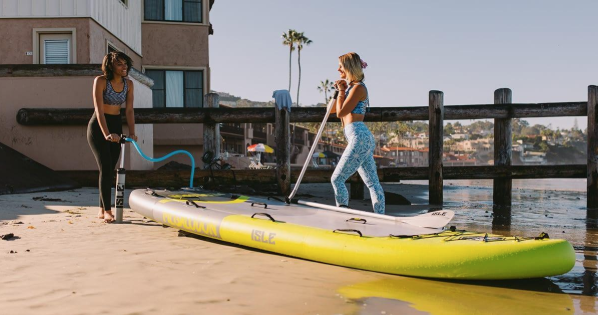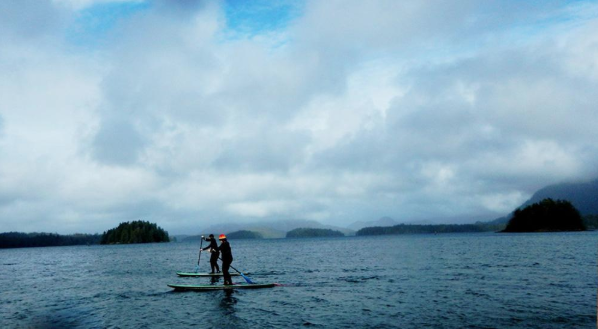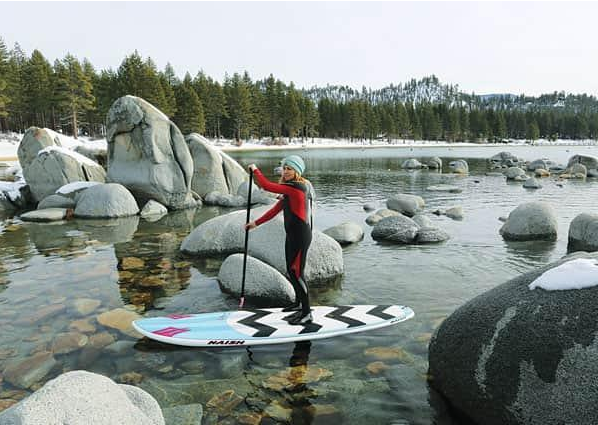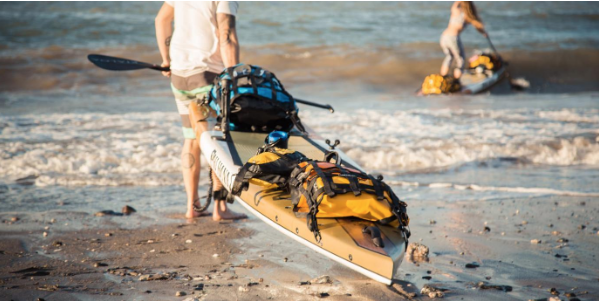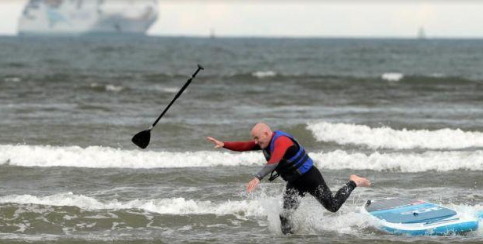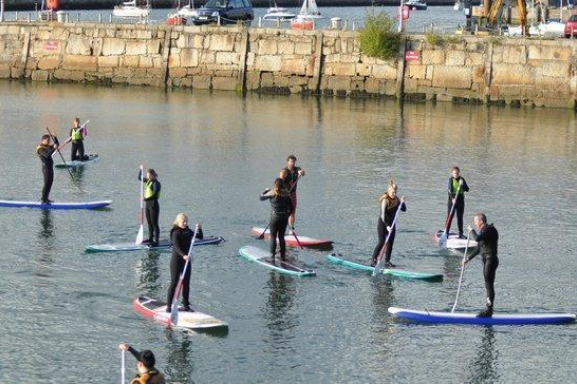Almost anyone would fall in love with SUP Paddleboarding, especially during a nice 80-degree kind of weather. And once you get hooked to it, you wouldn’t just give up the sport if winter comes, would you? But what fun is there in shivering on yourboard? With the cold weather, stand up paddling may seem to be far from the imaginable. SUP enthusiasts, however, will stop at nothing, as long as they get their feet on that board. Sounds like you? Keep on reading to know exactly how you can continue with your favorite sport, even during the chilly weather.
For the record, paddleboarding on cold weather is an exhilarating, divine experience. You just need to prepare a little more
1.Make sure your gear is in good working condition
Before you head over to cold waters, make sure your gear has all the necessary requirements to take you through. Nothing is as dreadful as falling in the coldwater without proper gear. In finding the right paddleboard, not all types will be suitable during the winter. If you have not been using your board for some time you may want to check the pressure. Try to go for 20 PSI as a standard: it tends to make the board sturdier and remains high in the water as you glide.
2.Check the weather and be prepared for it
Knowing the weather goes far beyond checking if the sun I shinning. You need to be aware of several factors like wind speed, air temperature, water temperature, and tides as well. An ideal paddleboarding session would have calm winds and minimum precipitation in the forecast. If there’s a bit of wind current, take carefulcon siderations and check if it is blowing in the direction that you’re heading to. This is super important, especially to long distance boarding. Is the storm coming your way? Maybe it’s not the best day to go out paddling. However much you might think you’ll make it, even experienced surfers have a hard time paddleboarding in the storm in winter. Paddling in the rain or snow is event rickier, as you can’t see where you are heading to. The probability of yourboard being thrown off course is very high.
3.Pick the right clothing
If you want to safely paddle board in the winter, then you need to stay warm and dry at all times. While you may be familiar with paddle boarding attire, deciding on what to wear during the winter is sometimes tricky. The first tip would be to paddle in calm waters where there are fewer chances of falling in. Thisway, you can dress like someone who is going for a morning run in cooler weather. Preferably clad in layers, with a moisture blocking layer and extra layers for warmth and protection. For your limbs, wear running tights and a pair of water boots. Alternatively, you can wear a wetsuit if you only plan to paddle board for a stone throw’s distance. And,oh! Never forget your hat and gloves.
4.Bring the necessary equipment
Even as you check on the weather forecast and wear warmer clothes, without the proper kits,your paddle boarding experience can turn awry. Luckily, Goose hill’s boards have fully equipped SUP kits that come along with all the essentials that you might need for your journey. Add extra clothes in your deck bag and make sure you are well equipped with eateries. Water is also essential, as it will keep you rejuvenated. Don’t forget to carry a communication device in case things go south. Our range of SUP kits also includes waterproof cases for mobile phones. One more thing, do you have a SUP leash? If your answer is no, then we have a major red light. Doesn’t matter if the water is flat- you need a leash asap! Remember that a paddle board is one of the world’s largest flotation device, and leashing your feet will keep you attached to it.
5.Be prepared for accidents
Even with a leash attached to your feet, accidents are nearly impossible to avoid. However,if it occurs, then you need to be well prepared and avoid drowning or freezing to death. Firstly, you need to have a floating device with you. If you fall in the water, the first thing you’d want to do is to stay afloat rather than to swim along. As a helper, floating jackets lift you up the waters, allowing you to conserve the energy to get to the shore or back on track. Also, remember to surf closer to the shore during cooler months since the time taken to swim in cold water is really not so much as compared to warm waters. Surfing along the shore is a great routine for winter snowboarding. Lastly, avoid ice or paddling near ice edges and paddle only in clear waters. Ice is very heavy andun predictable, especially to your inflatable SUP board.
6.Paddle with company
Finally, find a paddleboarding partner. Not only is it safer to paddle with a buddy, but is also more enjoyable. I mean, how would you take those timeless snaps of you paddling across the sunset? If you still insist on paddling alone, then consider alerting one of your friends when you head over to the cold waters. Remember to notify them when you’re back.
Enjoy paddle boarding on cold water while you still have the energy. Never fight fatigue; when you feel it’s time to stop for the day, paddle straight back to the shores. Otherwise,with these tips, you should be a guru in winter paddling with no time. Always put safety first and ask yourself critical questions whenever you feel like pushing your limits. Remember to carry your kit along while you are paddleboarding, even in small rides across the river. With these winter tips and some instinctive thinking, you can hit the water at any season on your SUP.
Add The Sports Daily to your Google News Feed!
